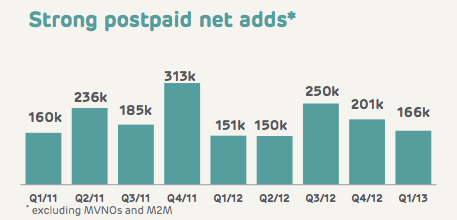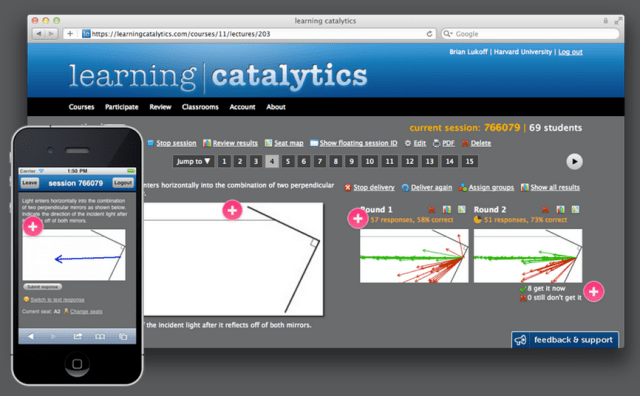There are an abundance of startups trying to solve the problem of how to “try on†clothes online, with a range of different approaches and technology â€" a competition we’ve previously likened to a space race where nobody has yet landed on the moon. Today, Virtusize launches its virtual fitting solution in the UK via a partnership with ASOS. After a successful six month trial, the “Fit Vitualiser†button is initially being rolled out on the product pages of over 2,000 of the online fashion retailer’s own brand clothes.
Shunning Fits.me’s 3D modeled approach which uses robots or something like Metail that enables a shopper to upload and see a 3D visualisation of themselves in order to virtually dress up in potential purchases, Virtusize lets customers to compare specific measurements of an item they are looking to buy with a similar item they already own. By displaying and overlaying 2D silhouettes of both garments, the startup says that customers can more accurately compare sizes and, ultimately, choose the item that would fit them best. It’s a compelling pitch and has obvious cost savings over the up front work involved in 3D visualisation of a retailer’s entire catalog.
That said, it also means that Virtusize’s solution focuses more on how a garment will fit a customer, not so much what it will look like on them. The latter is quite subjective but could also contribute to high return rates, which is what all virtual fitting solutions are trying to reduce.
In addition, Virtusize’s solution requires that a customer already owns a supported garment in order to compare sizes or that they measure a favourite (and similar) item of clothing at home and entering the data manually. Presumably that’s why ATOS has chosen to start with its own brand clothing as returning customers will be more likely to own a comparable garment, and the company has the size and fit data more readily at hand to apply to Virtusize’s technology.
In terms of how it approaches the virtual fitting problem, Virtusize’s closest competitors are the likes of Clothes Horse and Truefit which recommend size based on what the consumer wears in other brands. However, these solutions lack a visual presentation and only produce a number/letter to denote size. Therefore, says Virtusize, they don’t capture how a specific style will fit as garments vary in terms of style etc. regardless of if they are technically the same size and have historically worked out well for the customer.
Founded in Spring 2011, Virtusize launched with Nelly.com (the largest online retailer in Scandinavia) as a pilot customer during the autumn the same year. It makes money by charging web shops a monthly subscription fee for using its solution. The fee is determined by monthly page views on the product pages where Virtusize is available. With the addition of ASOS as a partner, the startup now claims to be the leading online fitting solution in terms of availability with over 30,000 garments at 23 web shops and approximately 50,000 users per month.
Virtusize has raised £1 million in seed funding. Among the startup’s backers are Swedish listed investment company Öresund and a number of angel investors including Fredrik Åhlberg, former Head of Growth at eBay Europe. As a reference point, earlier this month Fits.me closed a $7.2m series A round. Meanwhile, Metail has raised £2.7m in total.
Virtusize is a virtual fitting solution helping online retailers to illustrate size and fit online. With Virtusize consumers can compare a garment they want to buy with a garment they already own, and thereby remove the guesswork from online shopping. The fit solution is currently available at 25,000 garments at 22 web shops across Europe and helps online retailers to reduce fit-related returns and increase conversion. Virtusize is a Swedish company founded in 2011. Funded by listed Swedish Investment...
Metail is a virtual fitting room service for fashion retailers that allows customers to create a 3D photo-realistic model of themselves from just two uploaded photos, in only a few minutes. Customers can then try on clothes, see how they fit and create and share their looks. Once a customer has made their model, they can login to their Metail profile with any partner retailer using the service. Metail was started in 2008 by CEO and Founder Tom Adeyoola...
Fits.me develops virtual fitting room solutions for online clothing retailers. The subjective nature of “fit†as it applies to clothing and fashion has inhibited online apparel sales for years â€" in 2012 the overall proportion of garment sales from online channels was still only 14-15%. The essential problem is the inability of shoppers to try on clothes to check the fit before they choose their size. According to Mintel, widespread inconsistencies in sizing between different brands and retailers...
ClothesHorse solves the problem of “what clothes will fit me?†when shopping online. At the point of sale on third party e-commerce websites, shoppers are told what size will fit them based on their own unique body. At our destination website, ClothesHor.se, shoppers can discover new brands that will fit them based on their body and current favorite brands, akin to Pandora for clothing. Our data-driven platform is licensed by online apparel retailers and enables them to increase conversion...
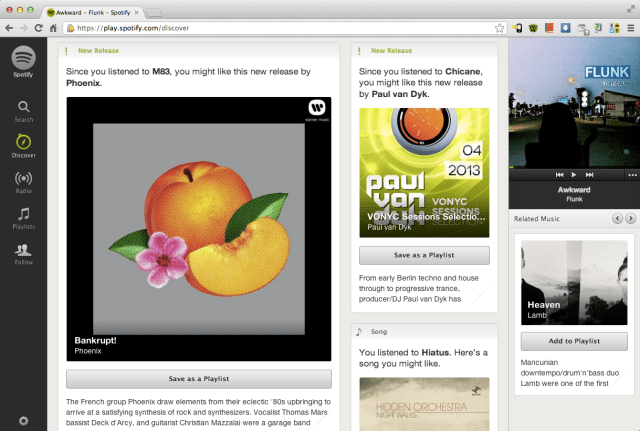
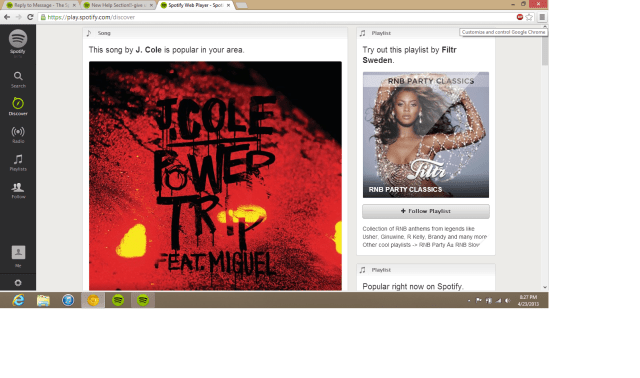 These look not unlike the preview that Spotify offered us of the Discover feature
These look not unlike the preview that Spotify offered us of the Discover feature 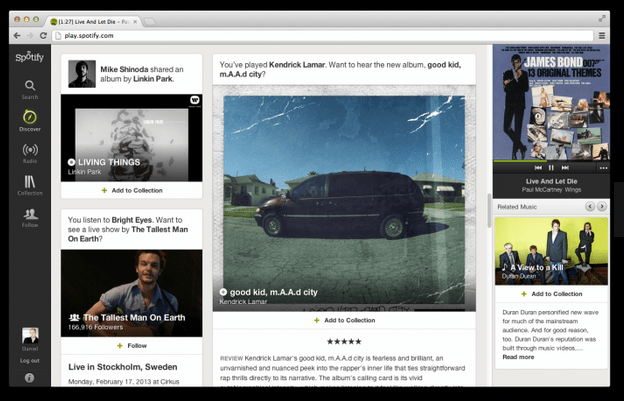
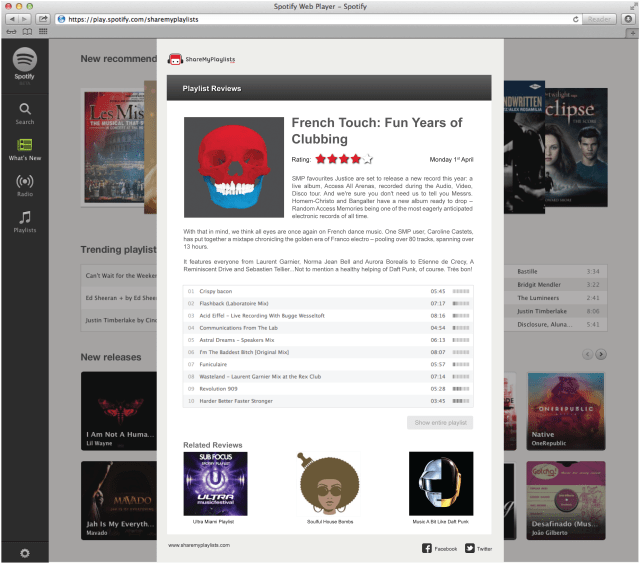
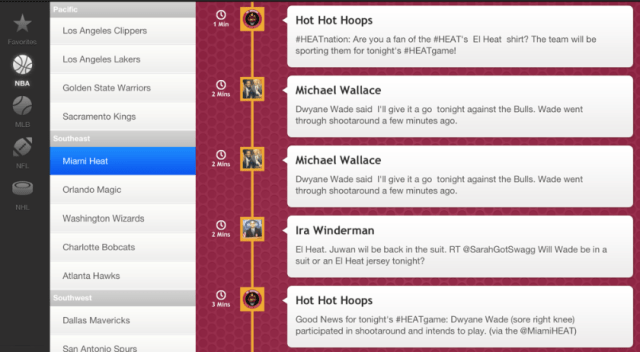
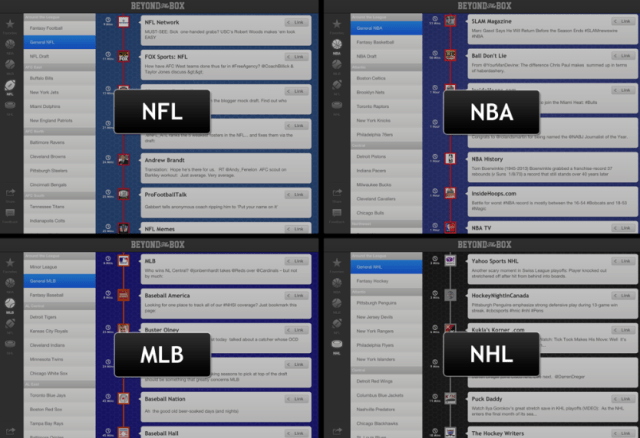
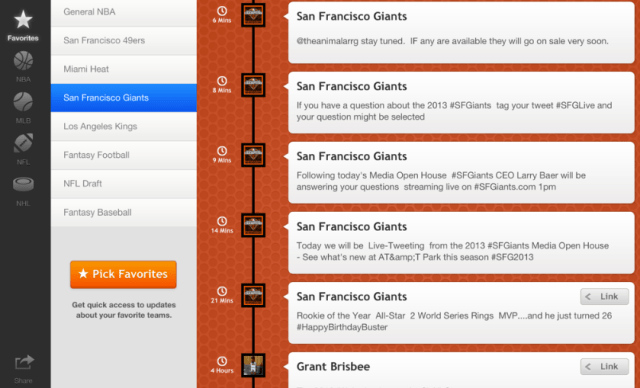
 But deliberate practice doesn’t always follow textbook rules. Sometimes it comes inadvertently. One of the best examples is cited by Daniel Coyle in “The Talent Code.†Coyle tells the story of Simon Clifford, a gym teacher from Leeds, England, who traveled to Brazil in 1997 to better understand why the Brazilians were so good at soccer.
But deliberate practice doesn’t always follow textbook rules. Sometimes it comes inadvertently. One of the best examples is cited by Daniel Coyle in “The Talent Code.†Coyle tells the story of Simon Clifford, a gym teacher from Leeds, England, who traveled to Brazil in 1997 to better understand why the Brazilians were so good at soccer. Unlike many other mobile “flea marketsâ€, Depop does handle payment (via credit card/PayPal), taking a small commission, though the seller and buyer can still choose to exchange cash if handing over an item in person and bypass this aspect of the app, therefore doing business for free.
Unlike many other mobile “flea marketsâ€, Depop does handle payment (via credit card/PayPal), taking a small commission, though the seller and buyer can still choose to exchange cash if handing over an item in person and bypass this aspect of the app, therefore doing business for free.
 Then, just by the nature of using a Facebook-branded product, developers may be more likely to use the rest of the Not-FbOS stack, such as relying on it as an identity provider which strengthens the need for a Facebook account among users. They might build in more sharing hooks that deliver ad-monetizable content to the news feed. And it might encourage them to consider buying Facebook install ads to get their app downloaded. The strategy of getting tighter with developers is a popular one right now, consideringÂ
Then, just by the nature of using a Facebook-branded product, developers may be more likely to use the rest of the Not-FbOS stack, such as relying on it as an identity provider which strengthens the need for a Facebook account among users. They might build in more sharing hooks that deliver ad-monetizable content to the news feed. And it might encourage them to consider buying Facebook install ads to get their app downloaded. The strategy of getting tighter with developers is a popular one right now, considering 